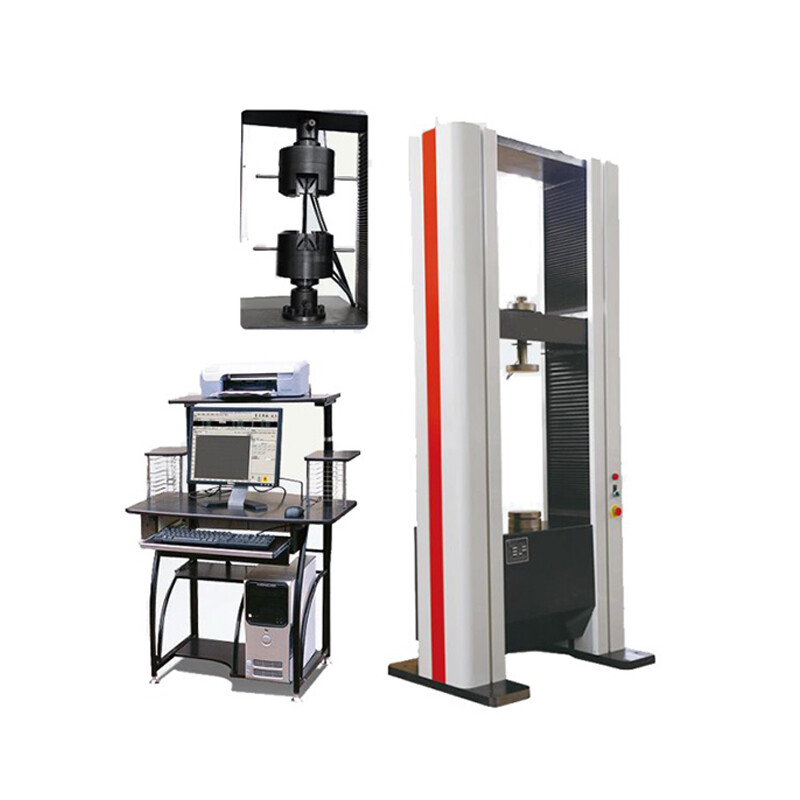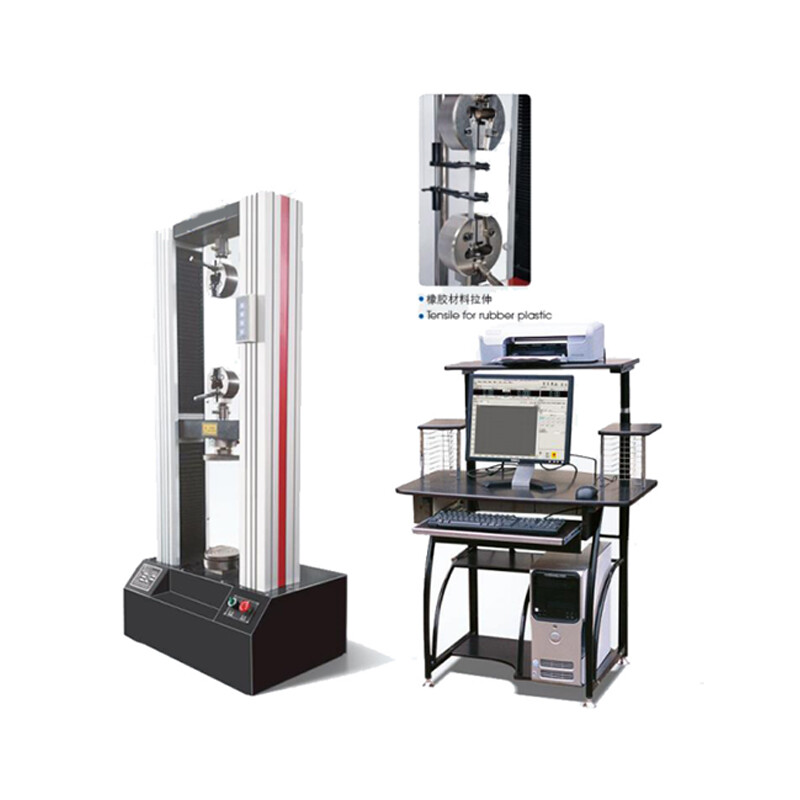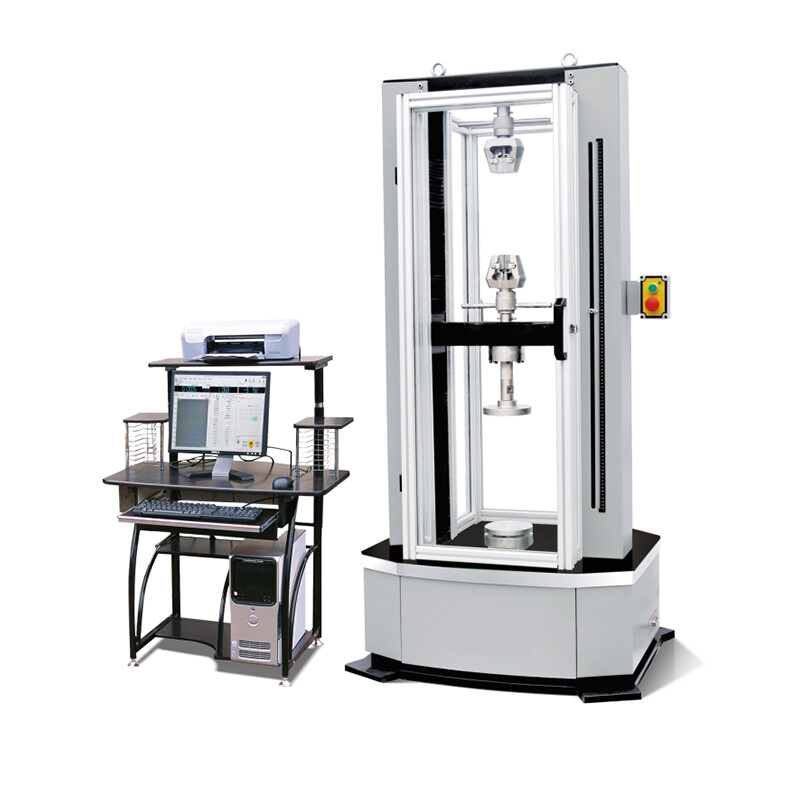
W-50F Controlled Electronic Universal Testing Machine
Ⅰ. Project Overview:
The domestic microcomputer controlled electronic universal testing machine began in the early 1990s. To enhance the technical level of the company’s products, advanced foreign technology has been introduced over time, raising the product technology to a new level.
Ⅱ. Application Fields:
This product is widely used for testing the mechanical properties (tensile, compression, bending, shearing, etc.) of both metallic and non-metallic materials. With a variety of attachments, it can also be used for testing the mechanical properties of profiles and components. It has broad application prospects in testing materials such as ropes, belts, wires, rubber, and plastics, which have large deformations and fast test speeds. It is suitable for fields such as quality supervision, education and research, aerospace, steel metallurgy, automobiles, construction materials, and more.
Ⅲ. Standards Used:
The product is developed and produced in accordance with the following standards:
• GB/T 16491 “Electronic Universal Testing Machine Standard”
• GB/T 2611 “General Technical Requirements for Testing Machines”
• JJG-475 “Electronic Universal Testing Machine” National Measurement Verification Regulations
• GB/T 6825.1 “Verification of Static Uniaxial Testing Machines – Part 1: Force Measurement Systems of Tension and/or Compression Testing Machines – Verification and Calibration”
Applicable typical testing method standards:
• GB/T 228.1-2010 “Metal Materials – Room Temperature Tensile Testing Methods”
• GB/T 7314-2005 “Metal Compression Testing Methods”
It meets the data processing requirements of multiple standards, including GB, ISO, ASTM, DIN, etc. It can also meet user-specific requirements and provided standards.
Ⅳ. Appearance Photos:(Please refer to the sample; the actual product shall prevail)
Ⅴ. Key Description:
1. Main Machine:
The machine adopts a fully cast working table with a dual-space portal structure, where the upper space is for tensile tests and the lower space is for compression and bending tests. The crossbeam is adjustable with infinite lifting. The drive section uses an arc synchronous toothed belt and a ball screw drive, ensuring smooth transmission and low noise. The specially designed synchronous toothed belt reduction system and precision ball screw drive the crossbeam motion, achieving gap-free transmission.
2. Attachments:
Standard configuration: One set of hydraulic tensile attachment and one set of compression attachment.
3. Electrical Measurement and Control System:
(1) It uses imported Panasonic AC servo system and servo motors from Japan, ensuring stable and reliable performance with protection devices for overcurrent, overvoltage, overspeed, and overload.
(2) The system has overload, overcurrent, overvoltage, displacement limit, and emergency stop protection functions.
(3) The built-in controller ensures that the machine can control parameters such as crossbeam displacement and achieve constant-speed displacement.
(4) After the test, the crossbeam can be manually or automatically returned to the initial position at high speed.
(5) It achieves true physical zeroing, gain adjustment, automatic gear shifting for test force measurement, zeroing, calibration, and data storage, without any analog adjustments. The control circuit is highly integrated.
(6) The electrical control circuits are designed in accordance with international standards and comply with national electrical standards for testing machines. The system has strong anti-interference capability, ensuring controller stability and data accuracy.
(7) The system has a network interface for data transmission, storage, printing records, and network printing. It can connect to internal enterprise LAN or the Internet.
4. Software Main Features and Descriptions:
The measurement and control software is used for microcomputer-controlled electronic universal testing machines to perform various tests on metals and non-metals (such as artificial boards, etc.), completing real-time measurement and display, real-time control, data processing, and result output functions according to corresponding standards.
(1) The software has permission management, where different levels of operators have different operating privileges. The menus and content available for operation vary, ensuring easy and convenient operation for ordinary operators while effectively protecting the system.
(2) Real-time measurement and display of test force and peak value, displacement, deformation, and other signals; it supports real-time data collection and control under Windows XP, Windows 7, and Windows 10 NT-mode platforms; accurate timing and high-speed sampling are also supported.
(3) Real-time screen display of various test curves, such as load-deformation, load-displacement, etc. The curves can be switched and magnified/reduced conveniently.
(4) The software supports storing, setting, and loading test parameters. Zeroing, calibration, and other operations are performed through the software. Parameters can be stored and retrieved easily, allowing easy switching between multiple sensors on one main machine, with no limit on the number of sensors.
(5) It supports constant-speed displacement control, and during advanced operator debugging, the software provides standard reference curves to allow users to observe how each parameter affects the results.
(6) It uses a human-machine interaction interface to analyze data. The processing methods meet the widely used “GB/T 228-2010 Metal Materials Room Temperature Tensile Testing Method” requirements, and can automatically calculate elastic modulus, yield strength, specified non-proportional elongation strength, and other performance parameters. Users can also manually intervene in the analysis process to improve accuracy, and the software can handle other data processing according to user-provided standards.
(7) Test data is stored in text files for easy querying, and can be reprocessed using any general commercial report or word processing software, as well as transmitted over a network.
(8) The software can record and save the full process data curves of the test, with playback functionality to reproduce the test curve. It also supports curve overlay comparison, which is convenient for comparison and analysis.
(9) The software can print test reports in various formats according to user requirements. Users can select basic information, test results, and test curve contents for output, meeting various needs.
(10) The software supports digital zeroing and automatic calibration for test force and deformation, improving ease of operation and machine reliability. All system parameter settings are saved as files for easy storage and recovery.
(11) It is compatible with Windows XP, Windows 7, and Windows 10. Test process control, crossbeam movement speed adjustment, and parameter input can be done entirely via keyboard and mouse, ensuring convenience and speed.
(12) The software can automatically recognize and support external jog controls, making sample clamping easier.
(13) The system has overload protection with automatic shutdown and can automatically detect specimen fracture, triggering an automatic shutdown. Based on user requirements, the software features may be adjusted or added.
5. Software and Software Interface:
(1) The software operates on Windows XP, Windows 7, or Windows 10, with a user interface consistent with Windows-style English window systems.
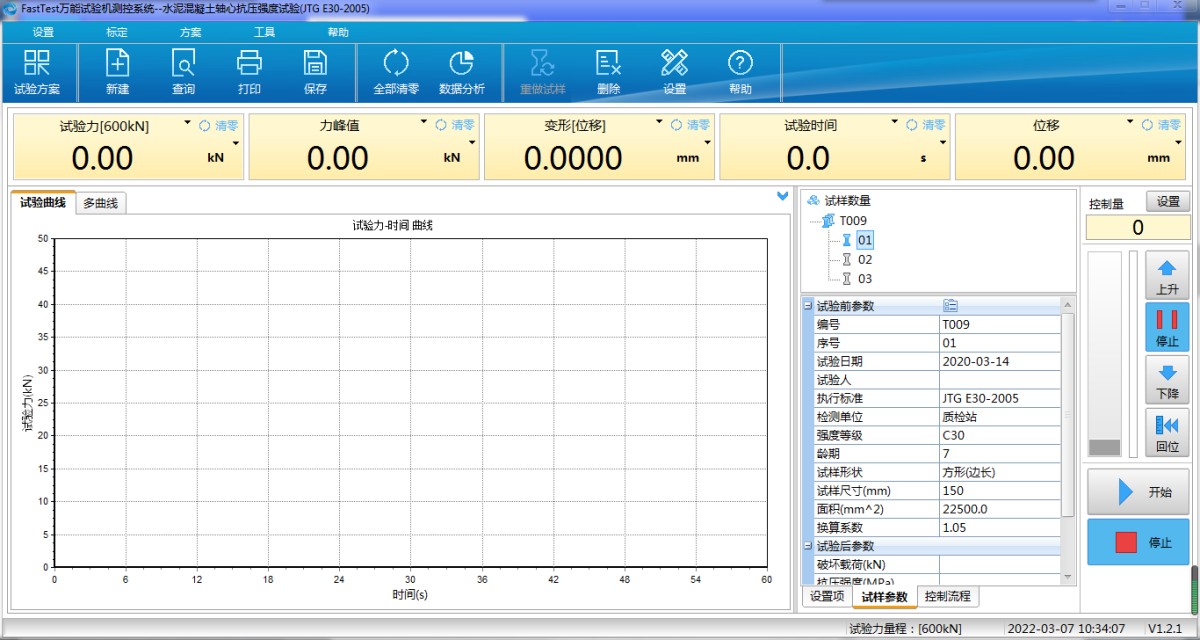
(2) Control Mode.
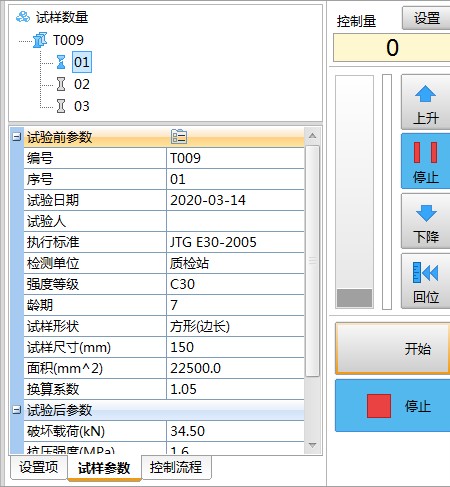
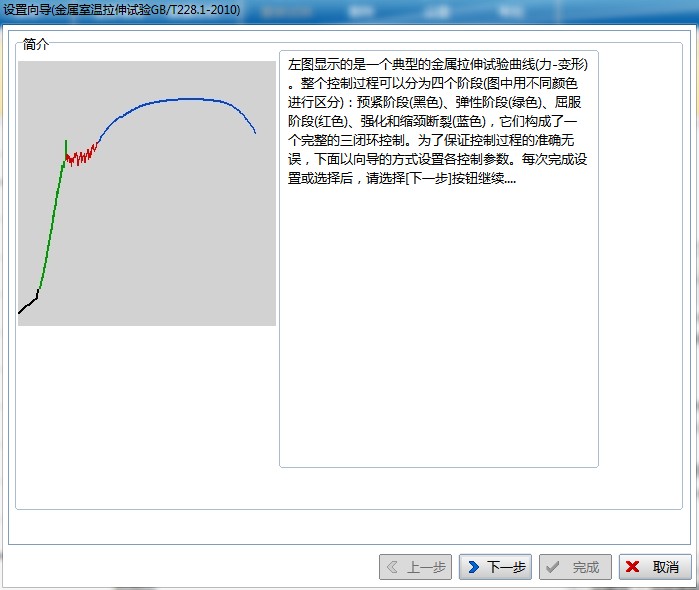
(3) Report Editing:

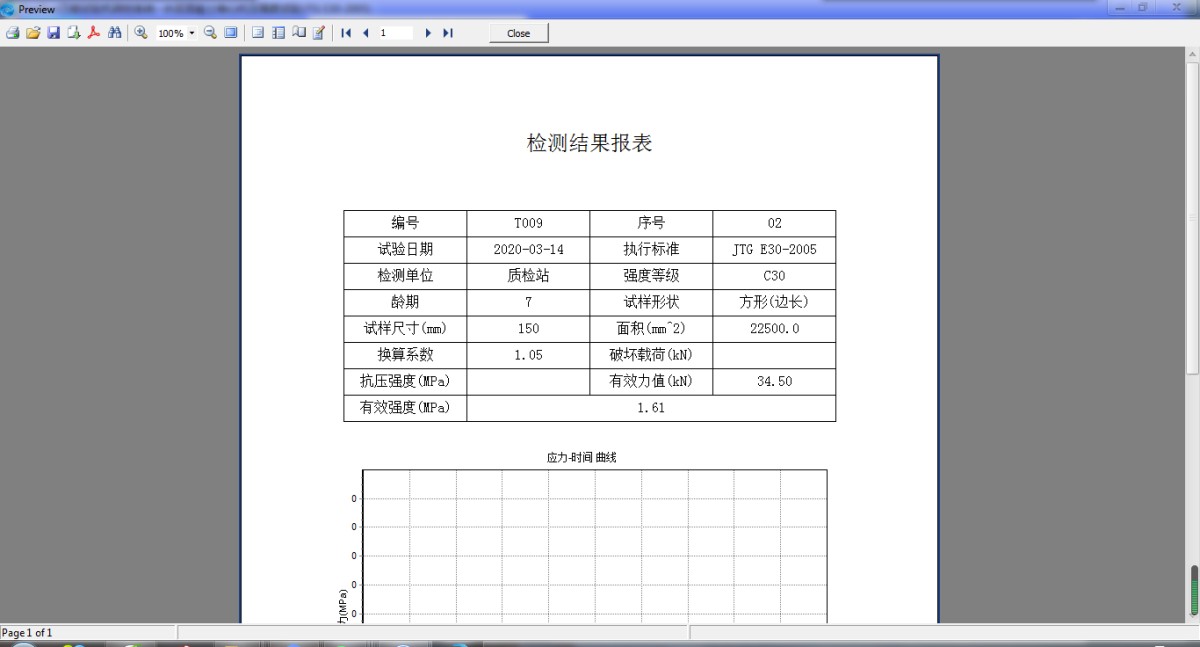
(4) Multiple Testing Methods Available, Selectable.

(5) The software has three levels of management permissions, each accessed through its own password, further ensuring the secure use of the software.
。
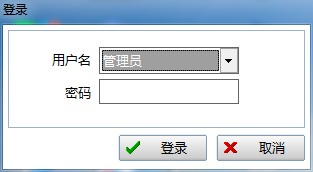
Ⅵ.Technical Specifications:
Ⅶ.System Configuration:
Ⅷ、 Confidentiality of Technical Information and Documents:
1. This technical proposal is proprietary to our company. The user is obligated to maintain confidentiality regarding the technical information and documents provided by us, regardless of whether this proposal is adopted. This clause remains in effect indefinitely.
2. We are also obligated to maintain confidentiality regarding the technical information and documents provided by the user.
If you are interested in our products, please fill in the message below to contact us and get a quote!
We will get back to you as soon as possible!
Type What You are Looking for


